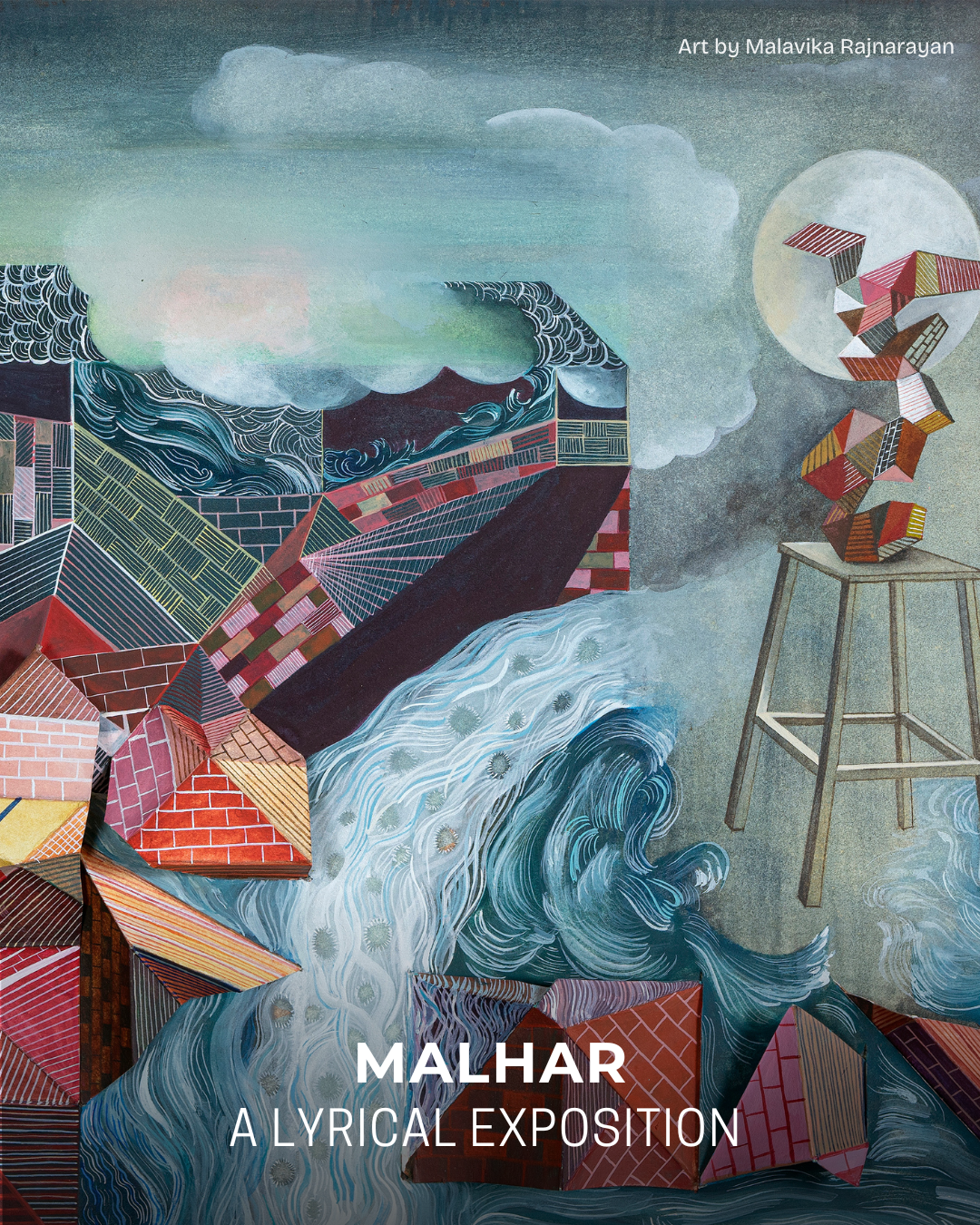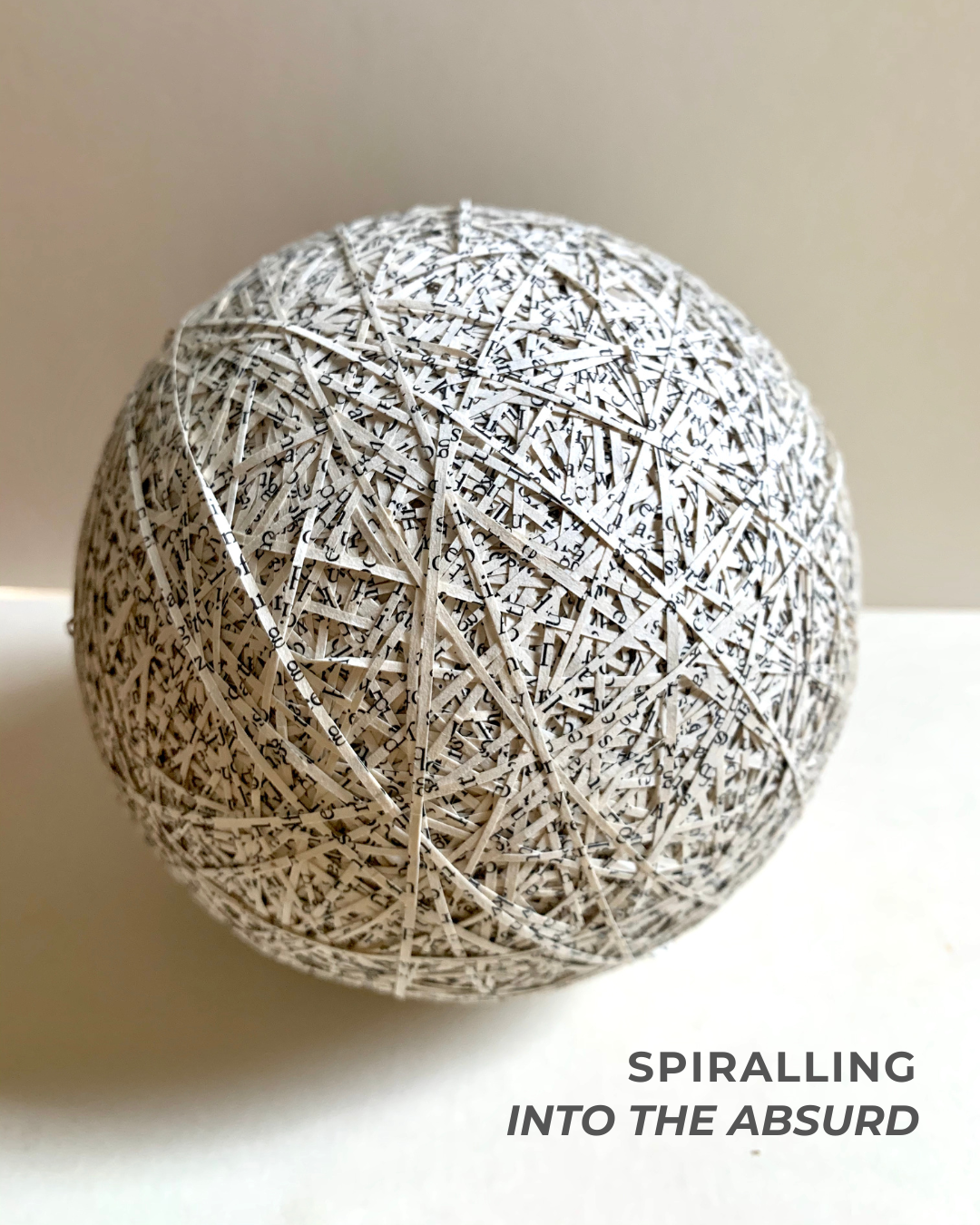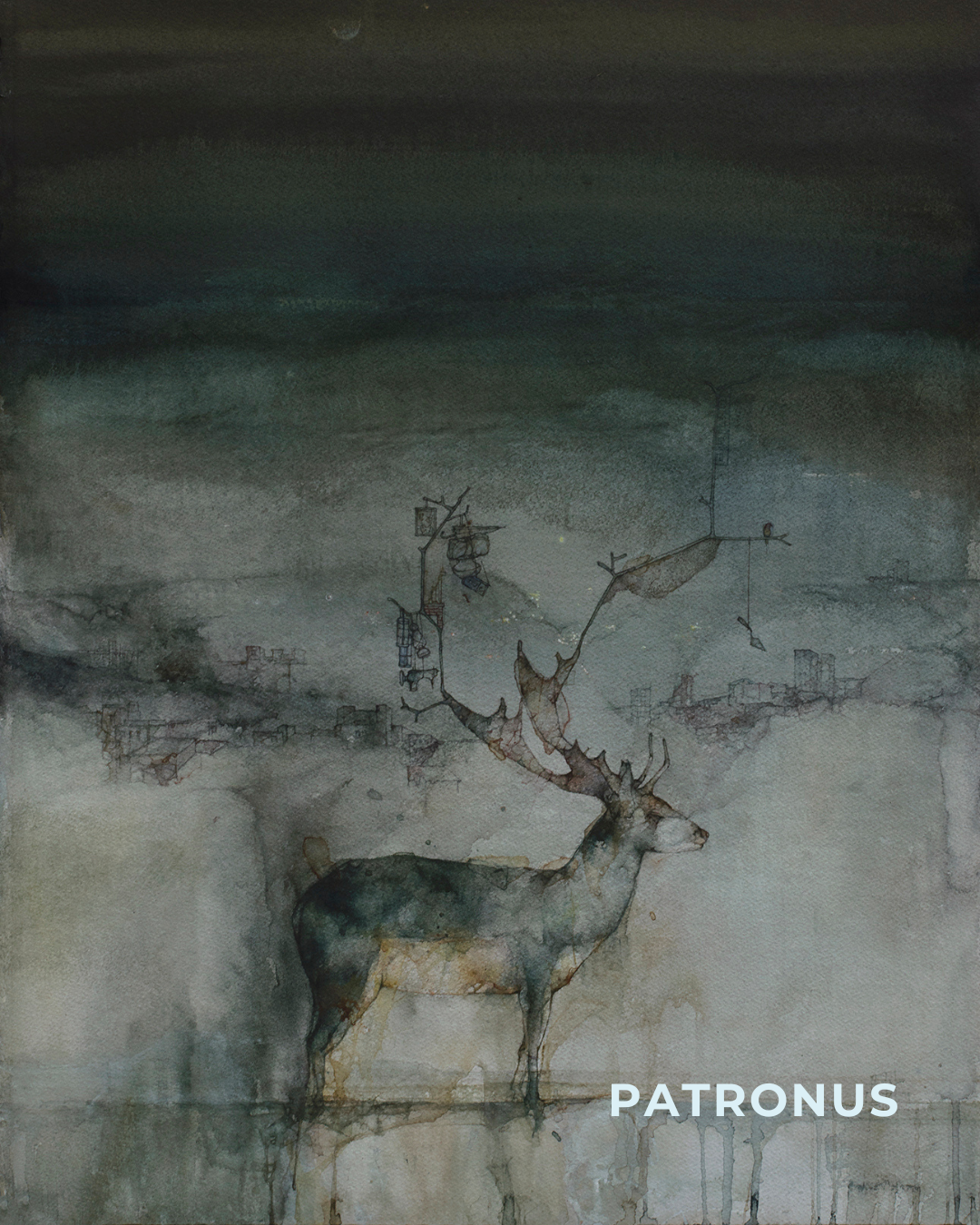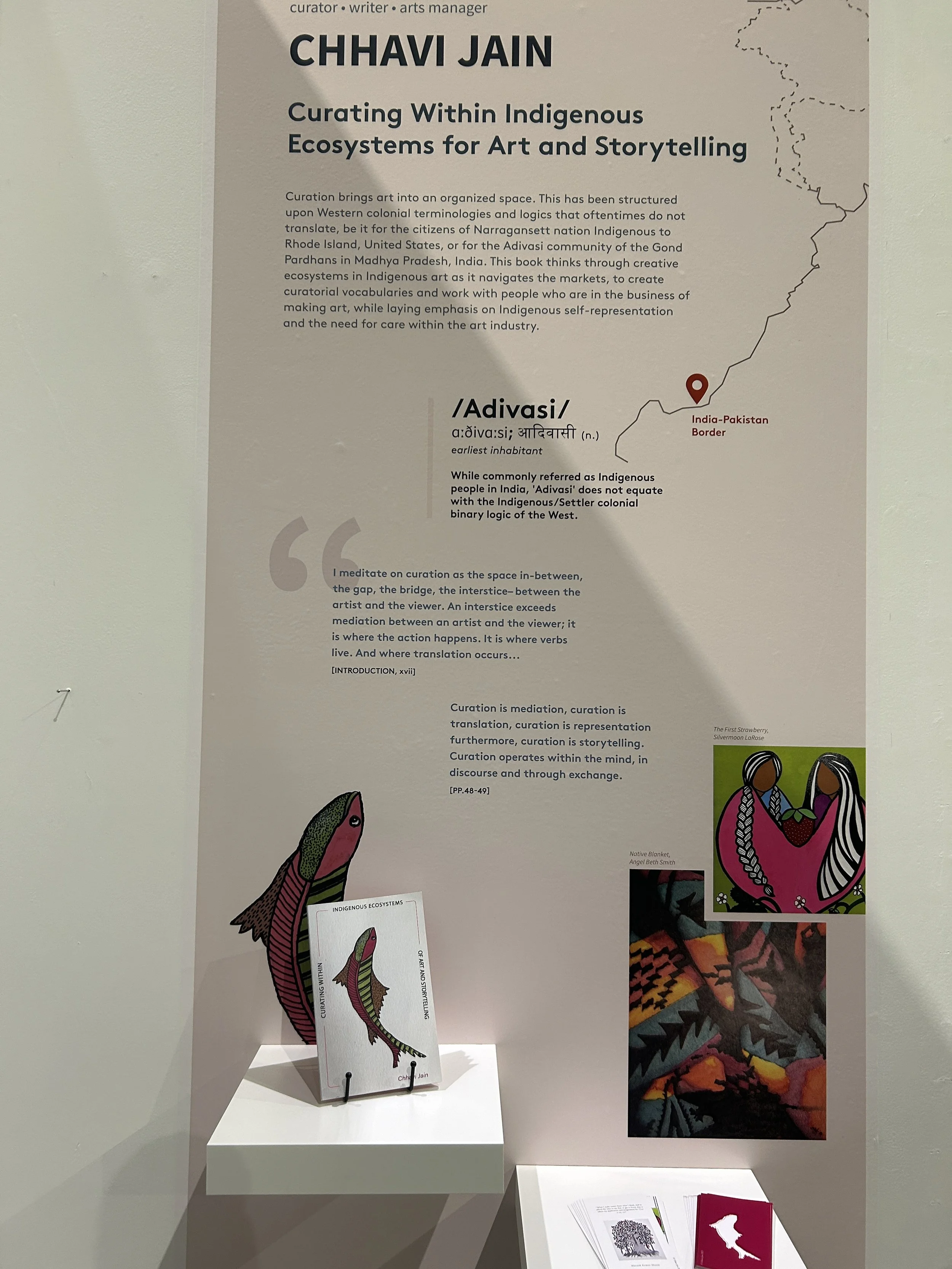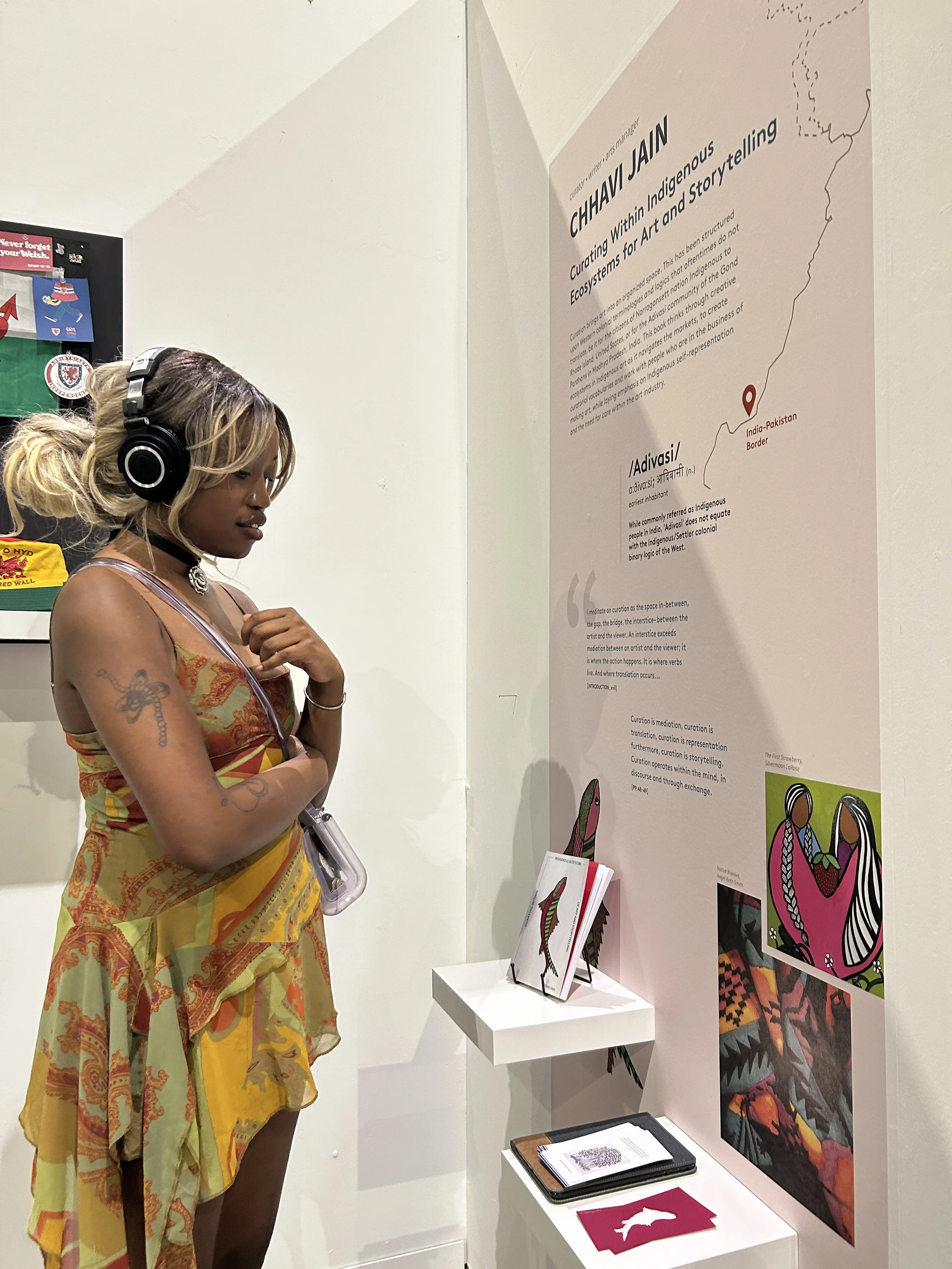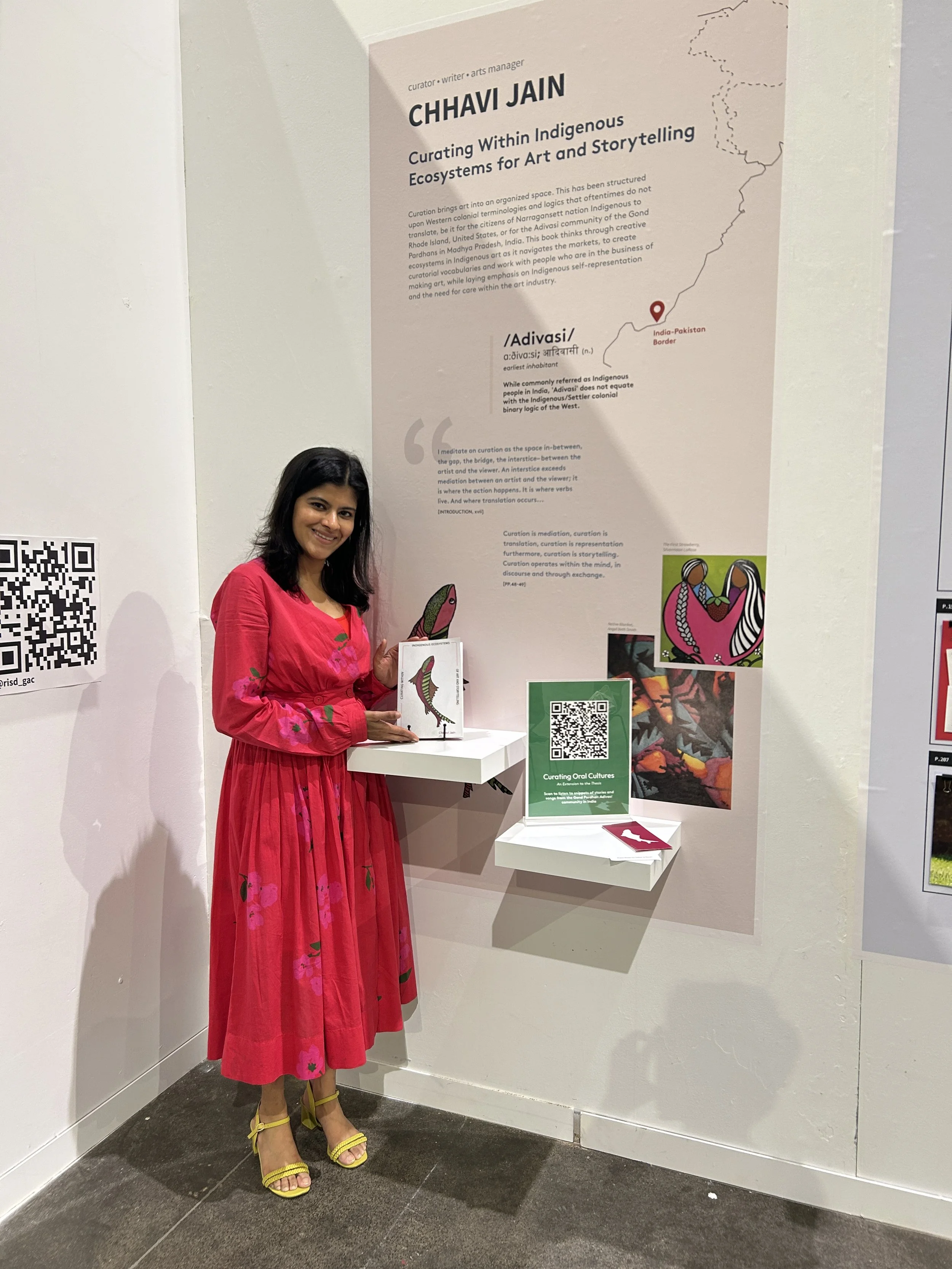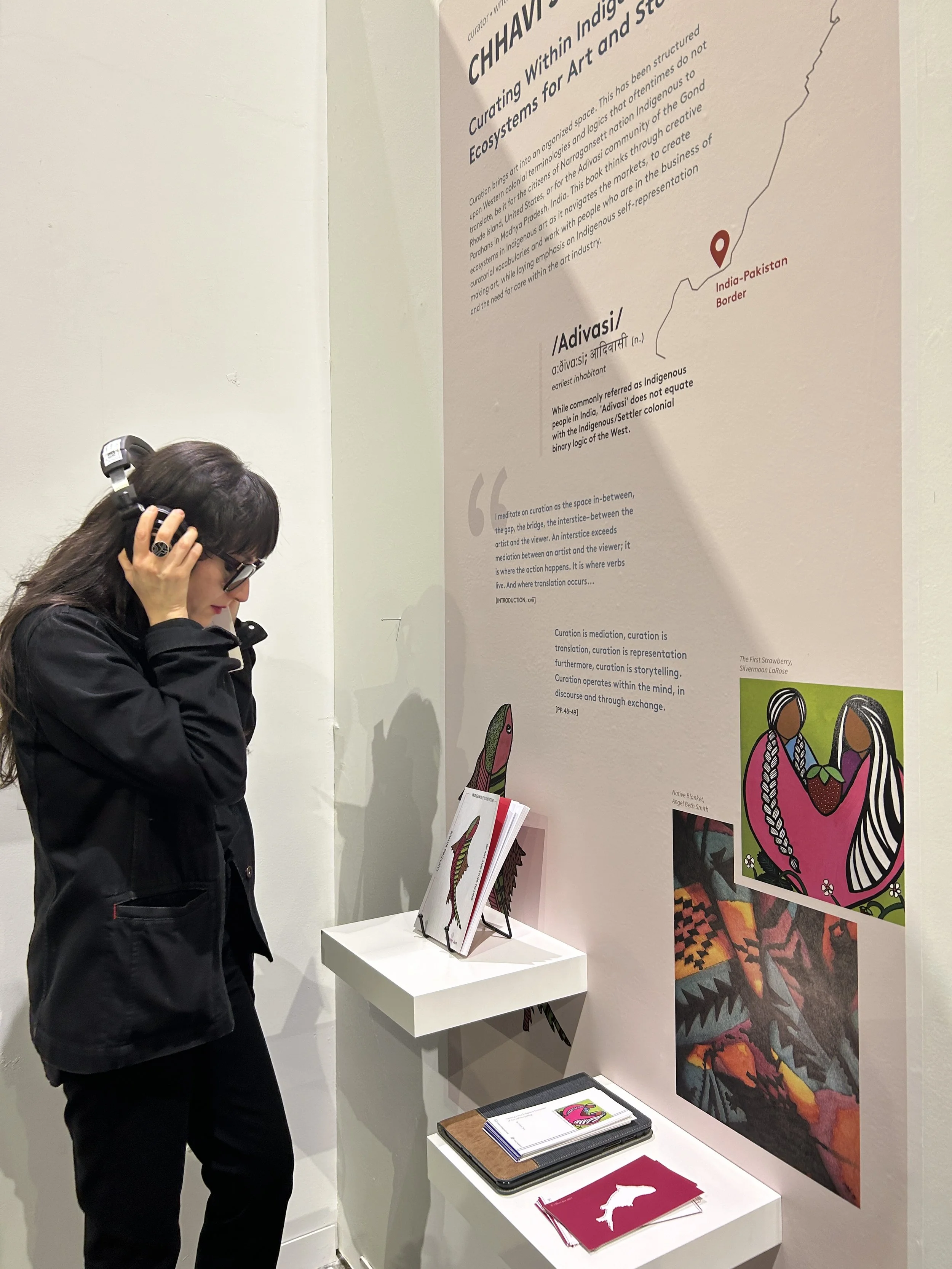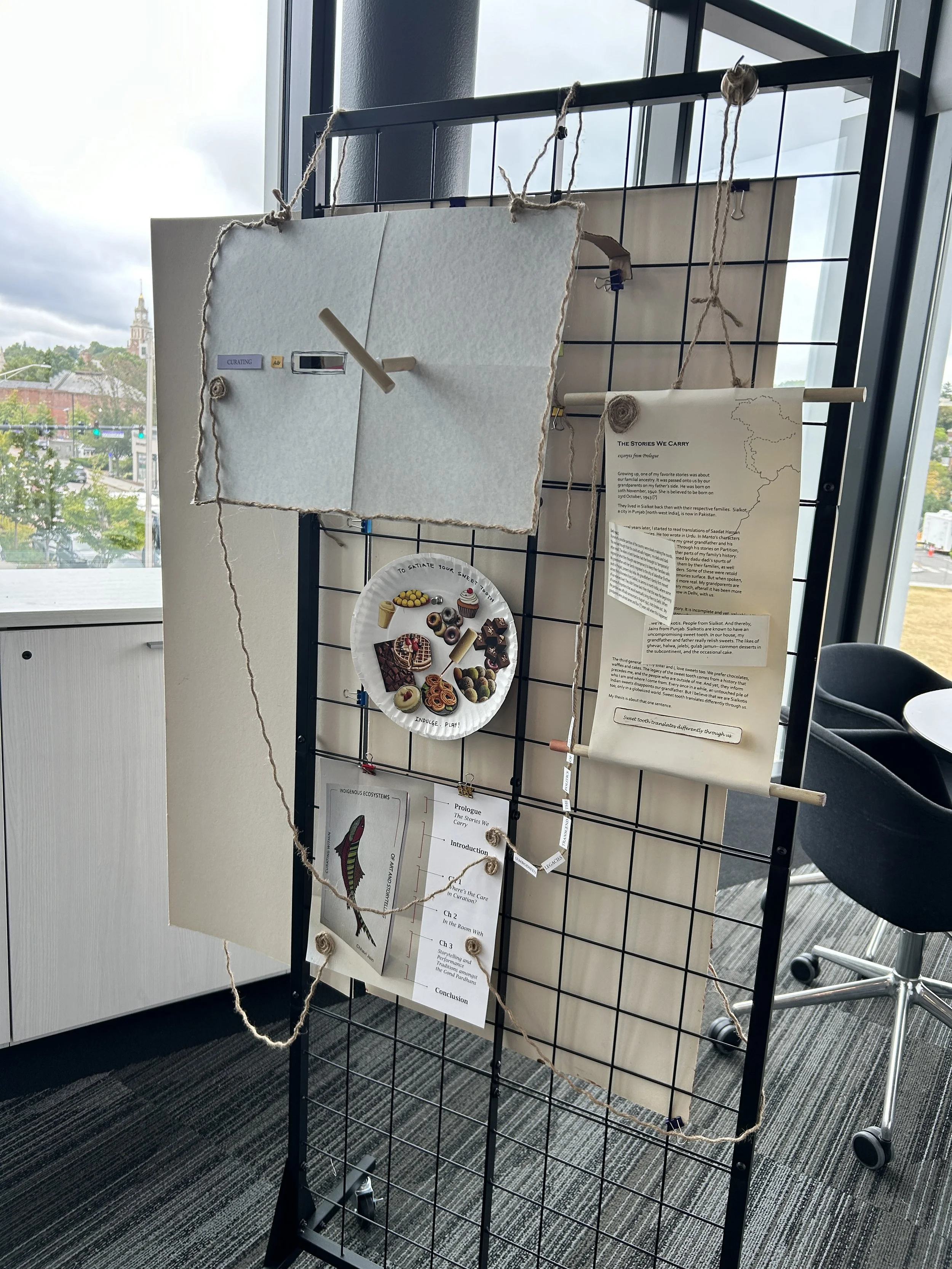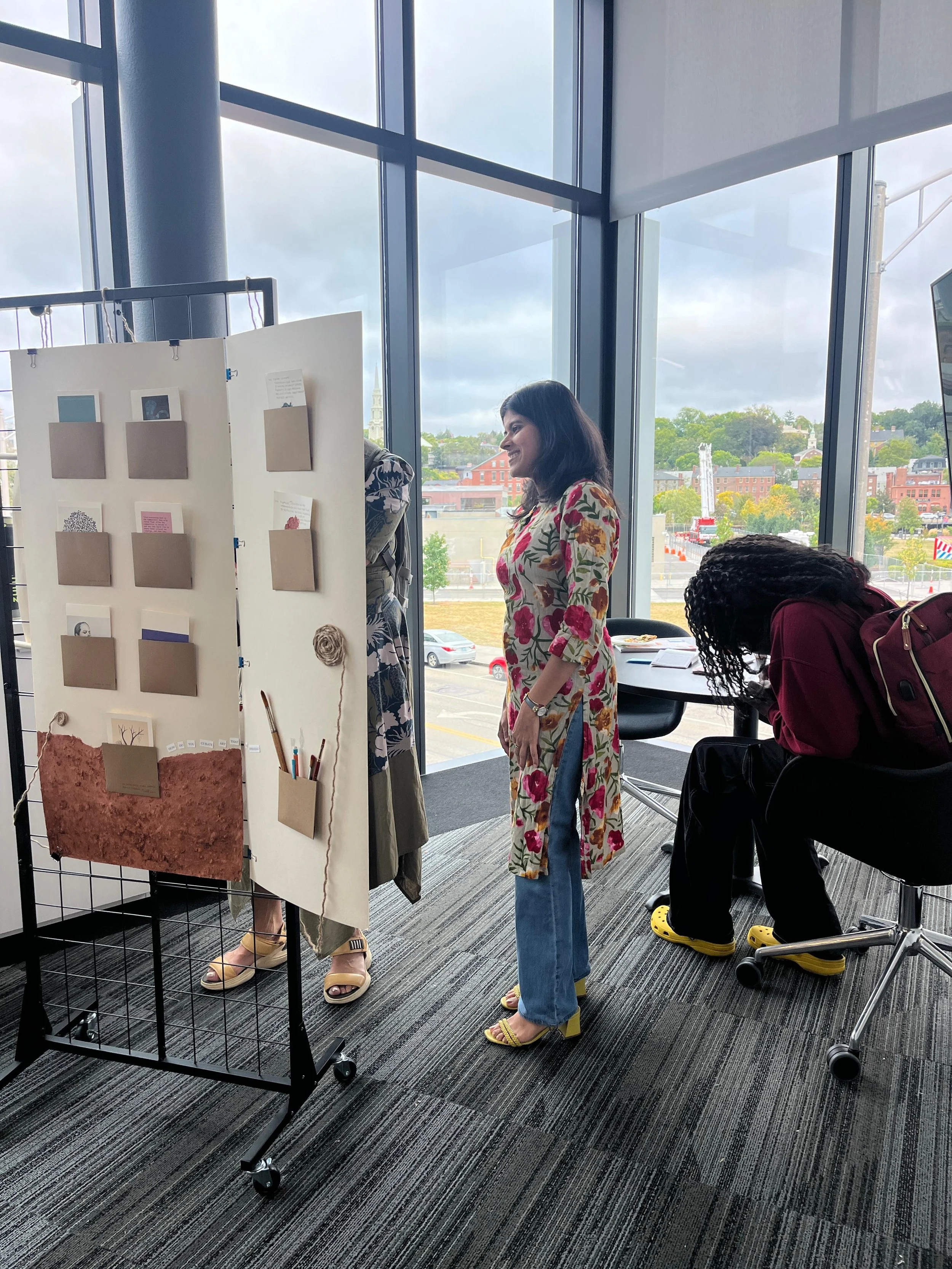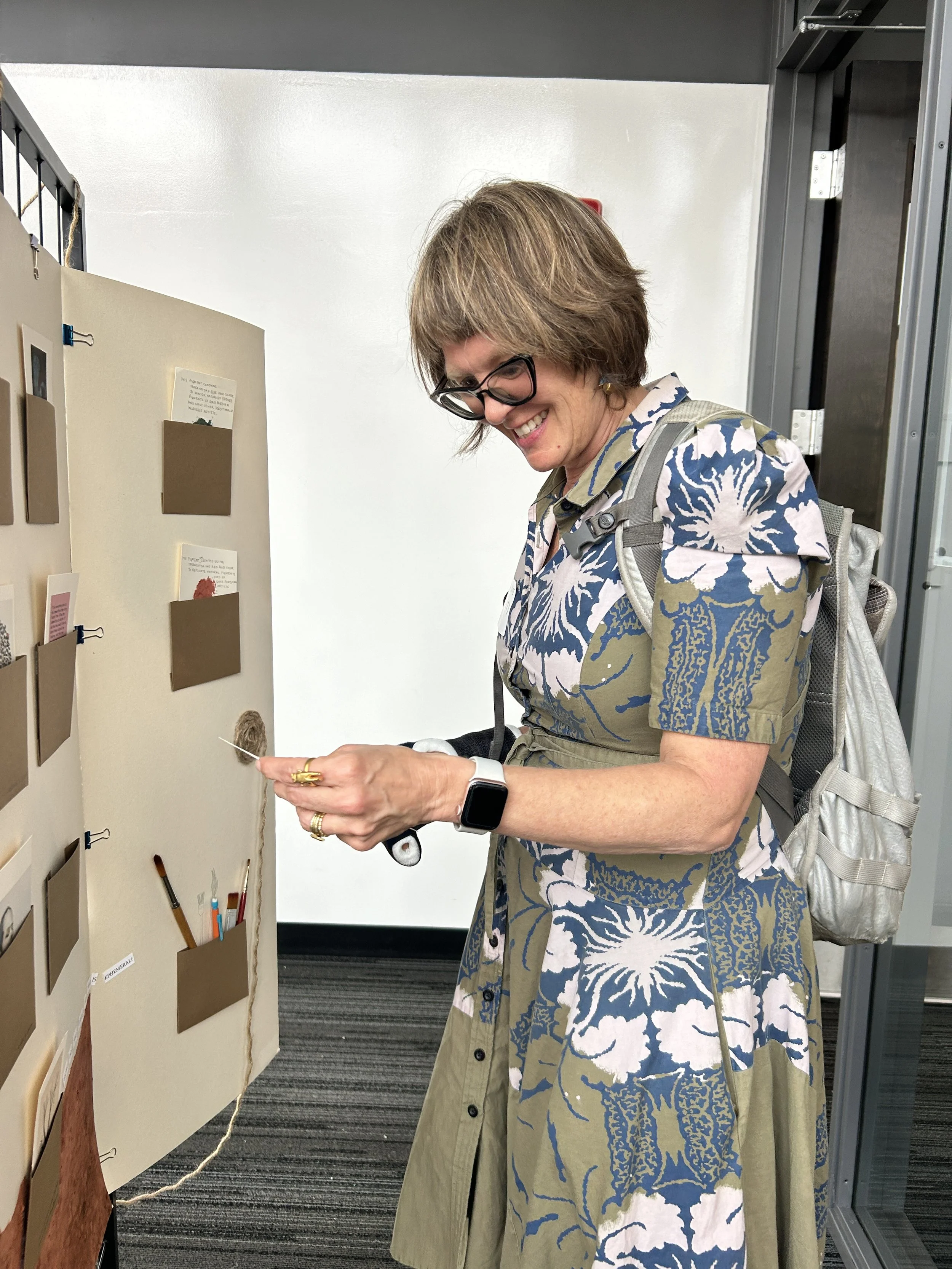
Exhibitions
I have curated exhibitions and shown my work in the format as well. On this page, I share a mix of some select shows, linked to the original website wherever applicable.
A journey into "Malhar" interlaces the classical with contemporary visual forms. Within the realm of Indian mythology and legend, Malhar is one of the most ancient ragas in Hindustani classical music that, when sung, is believed to induce torrential rainfall. It has over ten variants, the more prominent ones being Megh Malhar and Mian Malhar. Despite its association with rain or monsoon, the depiction of this raga, in forms of bandish (musical compositions) and other forms of representation, has been variable- from an uncontrollable storm to a sense of longing, wonderment, and tranquillity. Indian lore manifests magic realism in its peculiar power of invocation- of gods, and goddesses. Plausibly, the rainfall alludes to a state of mind brought about by the recital of the raga. Raga, the word in Sanskrit, means ‘colour’. Each raga associates with a rasa or emotion, wherein its structure and performance evoke a certain mood related to a season and pahar (time of the day). Malhar is a raga of night time. It is usually depicted in its intense form and visualised in hues of blue and deep purple. This curation seeks to bring to light the artists' interpretation of ‘Mann ka Malhar’, a state of being (of mind and emotions), with a range of internal or external scapes to experiment with. The raga’s power comes with a combination of primarily two elements- water and air- mediated by the purity of energy and determination of a being. It follows a free verse, of fleeting moments frozen in time and memory. In its very nature lie positivity, fragrance, creation and a power to of cleanse. Participating artists include Abhijit Saikia, Digbijayee Khatua, Ganesh Das, Indrapramit Roy, Khandakar Ohida, Laxmipriya Panigrahi, Malavika Rajnarayan, Rajib Chowdhury and Tanaya Sharma. Presented by Anant Art Gallery.
How many times do we wonder and ask ourselves the meaning of our lives, its purpose and the mysteries that surround it? One of the well-known depictions of the absurdity of our existence is found in Samuel Beckett’s two-act play, ‘Waiting for Godot’. Written in 1952, a time of changing technologies and power systems, the play profoundly comments on the inherent human need of finding a purpose and engaging in everyday activities that may eventually yield no result. It is in this redundancy that we hope to find our saviour, our Godot, to rescue us. "Spiralling into the Absurd" brings together ten artists who engage in an act of repetition and follow a meditative, introspective approach to their practice. This process is a laborious one, wherein the act of creating is the pinnacle of an artist’s relationship with their artwork. Integrating mathematical algorithms and networks of microscopic activities, they attempt to engage with concerns regarding religion, disabilities, climate change, language, love, and politics. It culminates as a coming together of our need for hope, a direction and a purpose in life through praying, meditating, thinking ahead, or stopping altogether.
"..of warps and wefts", brings together works by Dhara Mehrotra to iterate a collision of science and art to explore a universe of possibilities, truths, and nature. Research studies indicate that one spoon of soil carries more living organisms than the entire human population on this planet. Dhara, intrigued and informed by facts like these, observes the invisible underground networks of micro-organisms performing through a microscope. She translates the systematic transmutations and modifications of patterns into visuals outside of the perceived and prevalent notions of existence. The works range across media- canvas and acrylic, paper and ink, with tactile layers of fiber, wherein each entity forms a web of stories, poetry and movement. Embedded in the fabric of life and underlined by socio-political textures, these elements represent fragile threads that often miss the eye, but inform our thought processes, activities and reactions. The gossamer of relationships in these clusters hint at the prevalent ambiguity that connect us all. Mycelium networks that sustain the natural vegetation on this planet highlight the easily forgotten micro-world capable of self-organisation, debunking the idea that human beings remain at the behest of all structural activities.
Pappu Bardhan's body of works explores burgeoning cityscapes that impact dwindling flora and fauna in these times. He imagines a "Patronus", a corporeal guardian, in the image of a barasingha (swamp deer), that were found in abundance at the outskirts of Kolkata- his home city, in a hope to regain the lost glory of his surroundings. Bardhan questions the ability of his patronus to exist in such destructive times to bring back the equilibrium amiss in the world. While acknowledging a variety of influences in his work, he claims that his images generally have a subconscious plane populated by elements borrowed from his real-life memories. The exhibition features paintings that are sensitive to the metropolitan way of life, with visuals of flowers, fruits and animals juxtaposed with cityscapes, a harsh reality that we live in and yet choose to ignore. Bardhan's paintings are layered with meaning which is at the fulcrum of ethereal beauty and gloom, light and dark, hope and despair, life and death, rooted in an urban dystopia. Pappu Bardhan received a Bachelor of Visual Arts [painting] from Rabindra Bharati University, Kolkata [1999] and a post-diploma [graphics] from Maharaja Sayajirao University of Baroda, Vadodara [2001]. In his recent works, he merges together the natural and the industrial to create a surreal picture of the relationship between the two. His laborious process of adding thin layers of watercolour on paper transforms his visuals into lyrical waves of colour instilling the viewers with a spiritual and peaceful silence amidst the urban chaos.
RISD Graduate Show 2024
Upon the completion of my Master’s degree in Global Arts and Cultures, I was invited to present my thesis research work along with my cohort at the Rhode Island Convention Center in Providence. Here are some images of the display and the opening event.
Arts Innovation Research (AIR) Showcase 2024
My thesis book, field work, and visual renditions of my research were presented at the AIR Showcase- an interactive event showcasing artists and designers who use interdisciplinary methods to explore regional and global issues. The exhibition was hosted at Providence’s Venture Cafe. Photography by Jo Sittenfield


